Eiyuden Chronicle: Hundred Heroes is a love letter from developer Rabbit & Bear Studios to all JRPG fans. It carries the torch from the prequel, Eiyuden Chronicle: Rising, promising to be a nostalgic ’90s JRPG experience. Thankfully, it delivers just that and more.
A Captivating Tale of Friendship and Magic
Not all stories need to be brand-new ideas to be enjoyable. Eiyuden Chronicle: Hundred Heroes has a lot of themes we’ve seen again and again: A character that goes from zero to hero, characters at odds growing to be friends, and, of course, a villainous character with an insatiable lust for power. They may have all been done before, but it works perfectly in this game, especially because its main goal is to be nostalgic. We can appreciate all these classic stereotypes all over again with fresh characters, settings, and objectives.
Despite having a lot of predictable themes, there are still some intriguing new topics to explore in Eiyuden Chronicle: Hundred Heroes, specifically, the mystical Rune-Lenses and Primal Lenses that each character uses differently. Although we’ve heard a bit about the Lenses in Eiyuden Chronicle: Rising, there’s still a lot of mystery behind them that you slowly unravel as you progress. Although the heroes can learn to wield them as valuable abilities, it’s apparent as you get further into it that this amount of power, especially the rarer Primal Lenses, can be abused. This is shown firsthand with the antagonist, Dux Aldric, as he stands against the heroes.
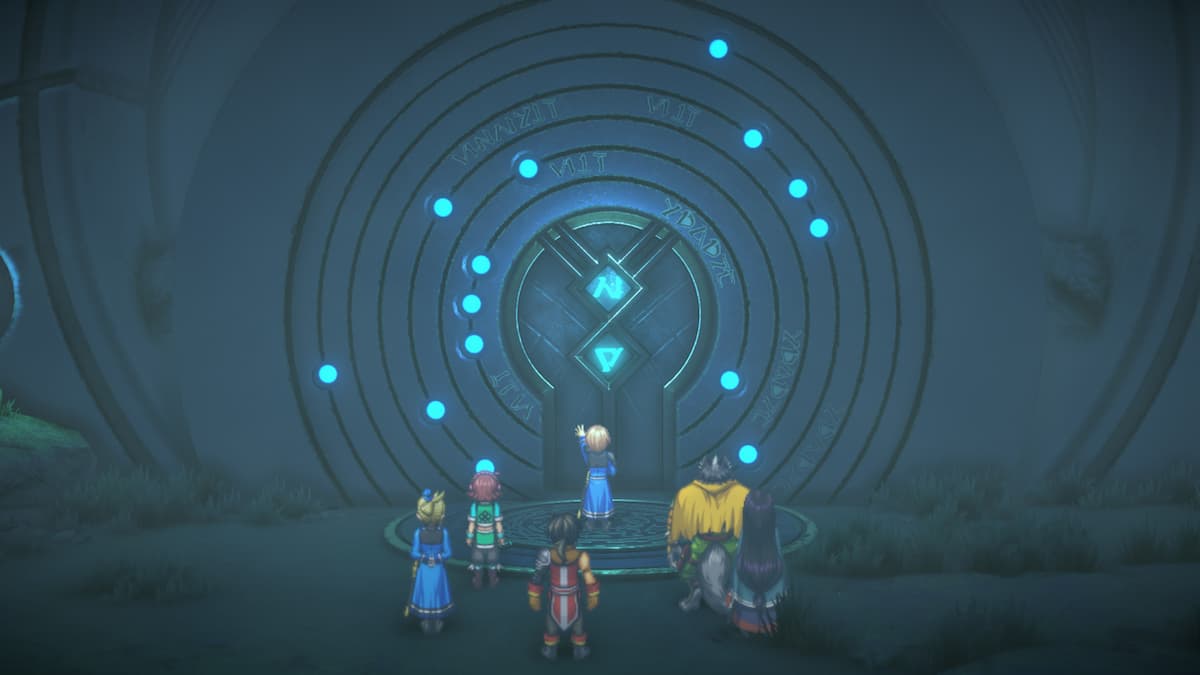
Not only do we have this main story of discovery, balance of power, and the treachery of war, but the most enjoyable part for me was uncovering all the heroes’ individual stories. They all come from different backgrounds, and their backstories reveal their unique personalities. Despite being on opposing sides or from different walks of life, they grow to be a team and knit a heartwarming friendship with each other. With their newfound comradery, they work together to discover the truth about the Lenses and, more importantly, keep them from falling into the wrong hands. At the same time, they put an end to a war that never should have happened.
In the prequel Eiyuden Chronicle: Rising, we follow three characters as they discover the Lenses and their abilities. This introduces us to the world of Hundred Heroes and sets the stage for the events that we experience in this next game. As a sequel, past players can appreciate Hundred Heroes taking place in the same universe. However, it has so many new characters and plots to explore that make it fresh and exciting, whether you’re a returning player or not.
A Voice Cast That Breathe Life Into Their Characters
While the prequel introduced us to the story behind the Lenses and world, this sequel experience focuses on more of the individual characters. It’s appropriately named Hundred Heroes because it shows us so many characters all at once, each with their own abilities and influence on the story. Compared to the last game, in which we only had a mage, warrior, and rogue, we have many new ways to approach battles. Plus, we see how all of their personalities mesh and form new relationships.
The voice acting behind each character truly brings them to life. Whether you’re playing in Japanese or English, the game features a top-notch cast filled with talented individuals. You’ll recognize some of them from other experiences, like Rebecca Hanssen and Angus Wright, as well as Japanese talents like Fairouz Ai and Rie Kugimiya. The cast uses their voices to perfectly portray each character, bringing all their unique and bubbly personalities to light.
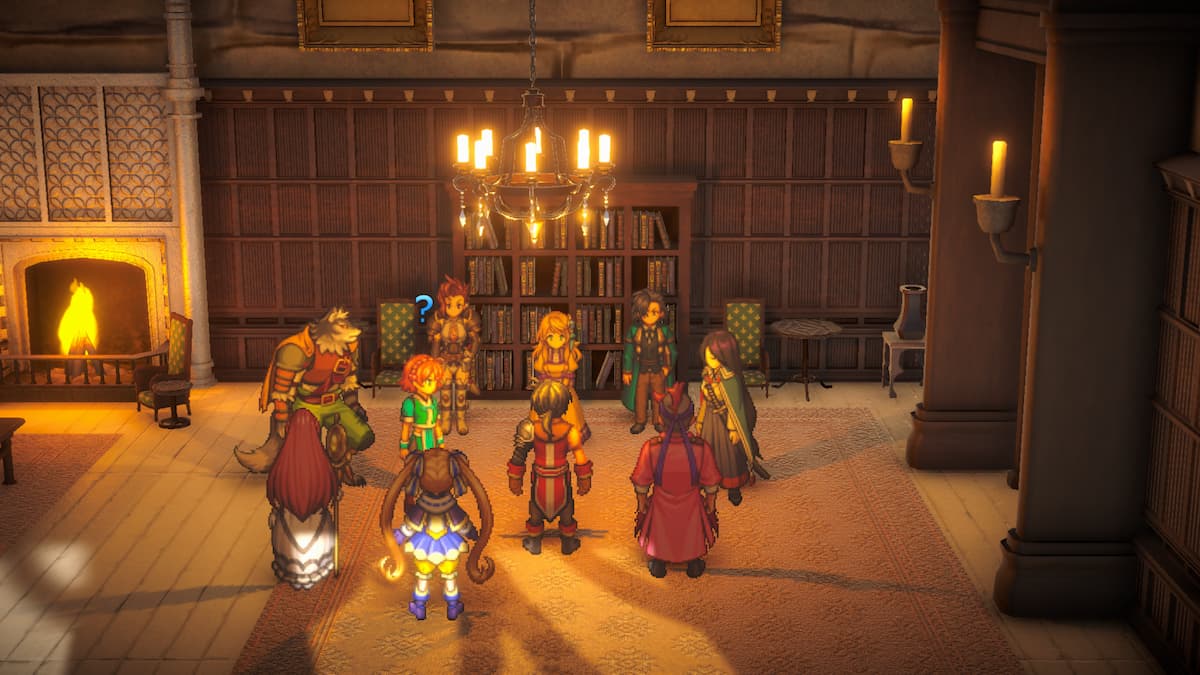
Despite there being so many characters to meet in this experience, no two characters are exactly the same. You have noble Nowa, who plays the sort of main protagonist of the story with his undying passion for justice and assisting those in need. Then, there is Lian, with her constant teasing and theatrical flair. Similarly, you’ll meet Mellore who has an overwhelming optimism and fierceness beyond her age. But there are so, so many more notable characters as well. Even if they aren’t all characters that you can take control of, they are still diverse and add depth and a touch of humor to the story.
Nostalgic JRPG Gameplay
One aspect that really gives Hundred Heroes that ’90s JRPG feel is the turn-based combat. It has that classic and easy-to-figure-out structure where a fight initiates, and you can choose between fighting them or allowing your heroes to Auto Battle. Selecting the ‘Fight’ option will enable you to choose an action for each character in your party. Completing a battle will require you to utilize each character’s varying skills in the best way possible, and in some instances, during boss fights, pay attention to the Gimmick’s actions.
If you don’t feel like carrying out each and every battle that arises, you can choose Auto Battle. This will make your heroes perform random actions without you having to select them. I ended up doing this more often than fighting because it was much faster. Plus, with the nifty Battle Plan customization options available, you can still outline how you want your heroes to act.

You can choose a Battle Plan for each party character through the menu to prioritize specific actions, making them avoid using items, spending SP points, or focusing more on defense and healing. This caters explicitly to when you choose Auto Battle. It gives you control even when you aren’t selecting an action each time.
Since all characters have different abilities and strengths, the Battle Plan also comes in handy for honing into those more effectively. While you could hand-pick actions that raise your defense or heal your allies, you can also set them to do this even in Auto Battle. Francesca, for example, is the team healer, so you can set all her priorities to keep the team healed and buffed. Whereas a fighter like Nowa, on the front lines, can prioritize all actions on dealing as much damage as possible. This brings some strategy into that classic turn-based sequence that I had a lot of fun with.
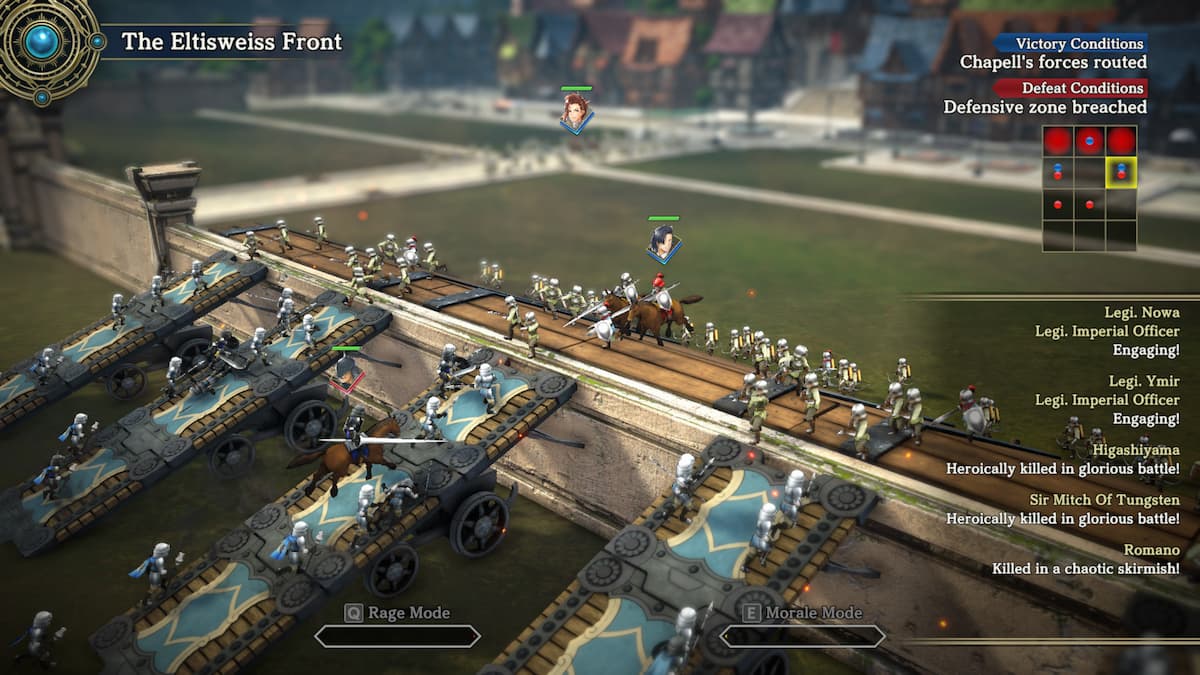
On the topic of strategy, one of my favorite battle sequences in the game is the war scenes. Unlike the usual turn-base battles, this is a new structure where you must more carefully decide where you want your troops to move on the battlefield. When your troops collide with enemy troops, they’ll fight until one of the two groups retreats, and the next wave begins. Your goal is to restrict the enemy from getting past your defenses. This definitely focuses more on strategy setting and brings a breath of fresh air to this classically-styled game.
Besides all the battling and story quests, some other aspects of Hundred Heroes expand on the usual JRPG content. During the war, it’s important to have the proper facilities and resources, which is why you’ll also have the opportunity to manage and build your own little kingdom. You can level up your HQ by recruiting more allies to run each facility, earning you food and other essential resources to stand against the Empire. This was an unexpected feature in the game, but it made it even more enjoyable for me by offering more unique notes.
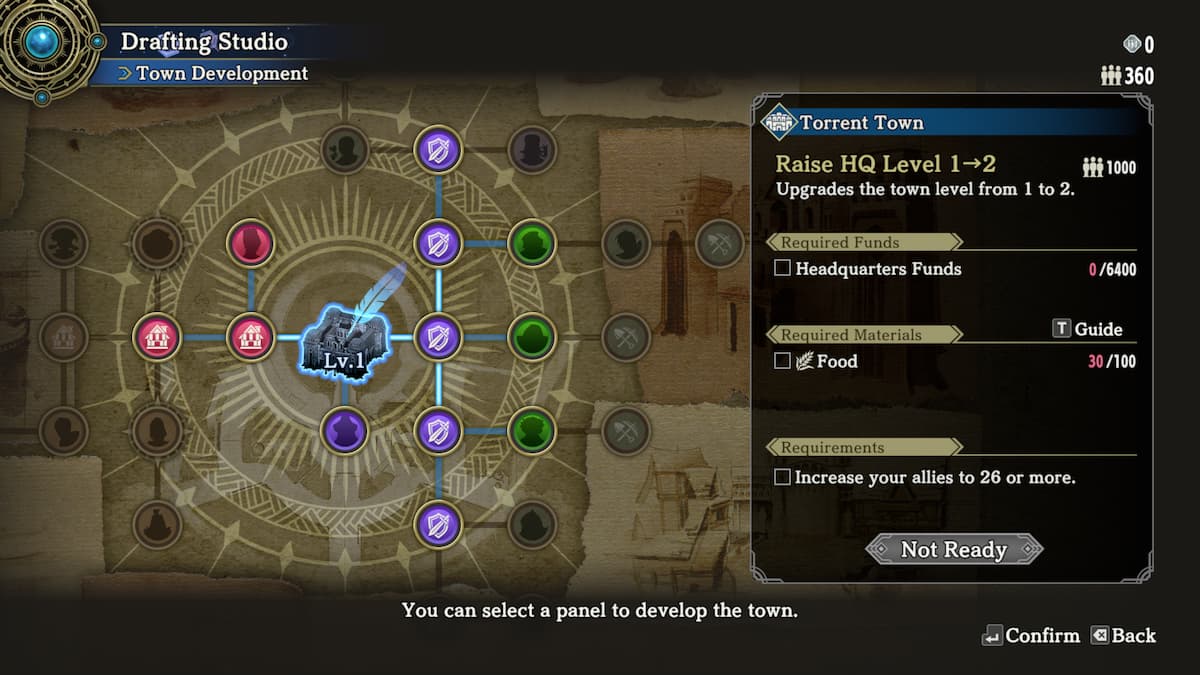
My biggest gripe with the experience, and really my only complaint, was the layout of the controls. As a PC player, getting used to the bizarre keys you use to navigate the menus and make all your in-game selections is hard. I kept reaching for the mouse to click on something before realizing I couldn’t use the mouse at all. The game feels more catered to consoles and even suggests you use a controller to play the game explicitly, even if you’re on a PC. While I understand this is typical for a JRPG game like this, it’s disappointing that it isn’t optimized for every platform.
Eiyuden Chronicle: Hundred Heroes — Bottom Line

Overall, Eiyuden Chronicle: Hundred Heroes was exactly the JRPG game I hoped for. Not only did it fulfill my desire for nostalgia and familiarity, but it revitalized the game into a fresh experience with features we didn’t get in the prequel. You progress through the story by battling, but you also have the opportunity to try some base management. Plus, you build your party with the plethora of unique heroes out there simultaneously. The story was intriguing, and the characters were so lovable that I was engrossed the whole time. Whether you’ve played the prequel or not, I would definitely recommend trying it out for yourself.
Pros:
- Lovable, unique characters who all play a role in the story.
- Amazing voice acting that makes the characters feel special.
- A thrilling story that unravels more of the setting we saw in Eiyuden Chronicle: Rising.
- Fun and interactable turn-based combat and wars filled with strategy.
- Gameplay and art that give ’90s JRPG nostalgia.
- Expands the usual JRPG genre with city building and management opportunities.
Cons:
- A strange control layout that caters only to console players.

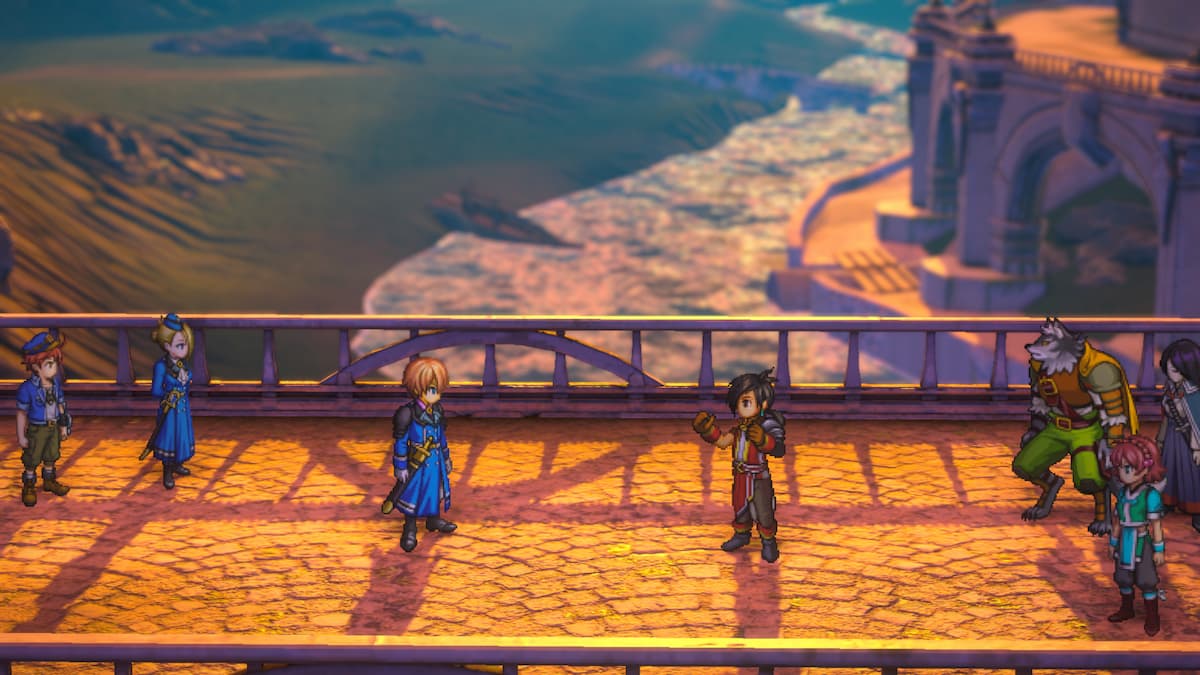





Published: Apr 21, 2024 11:00 am